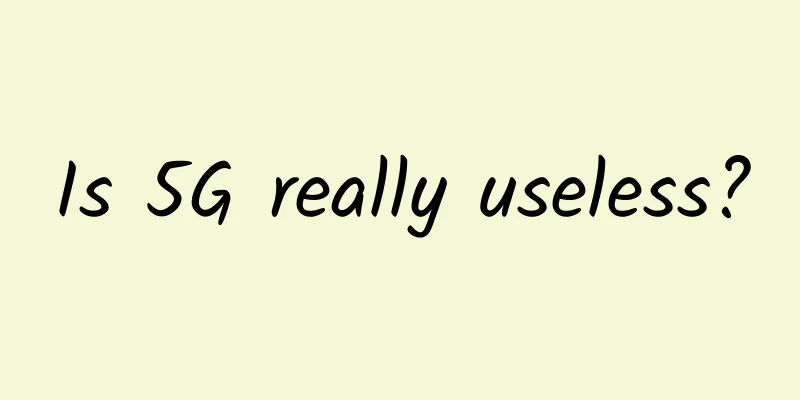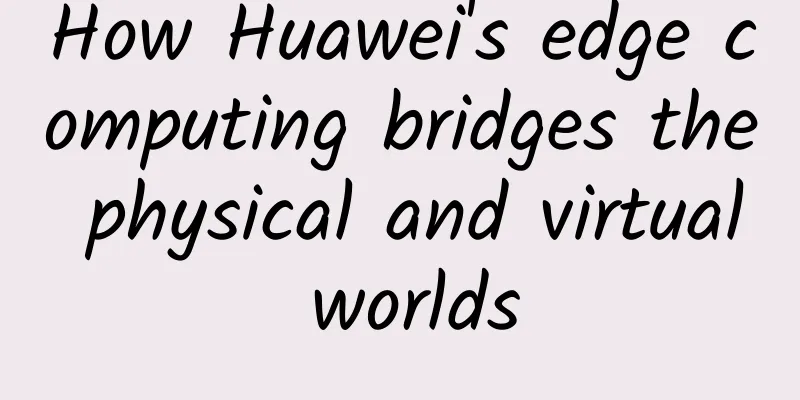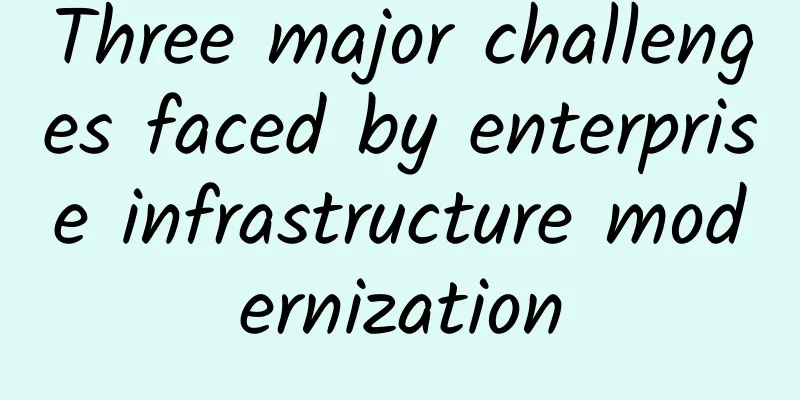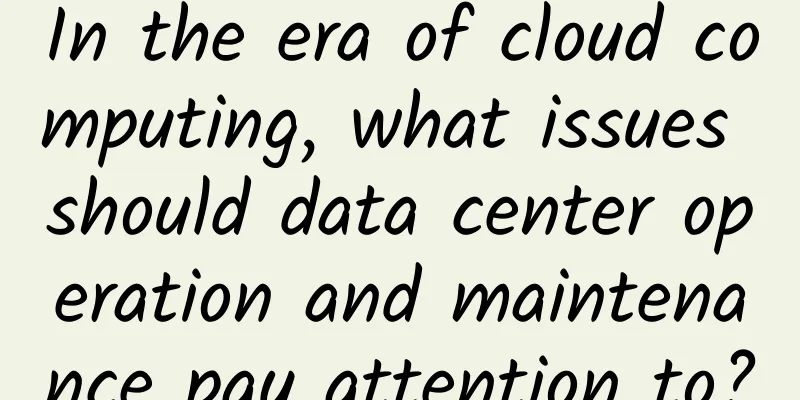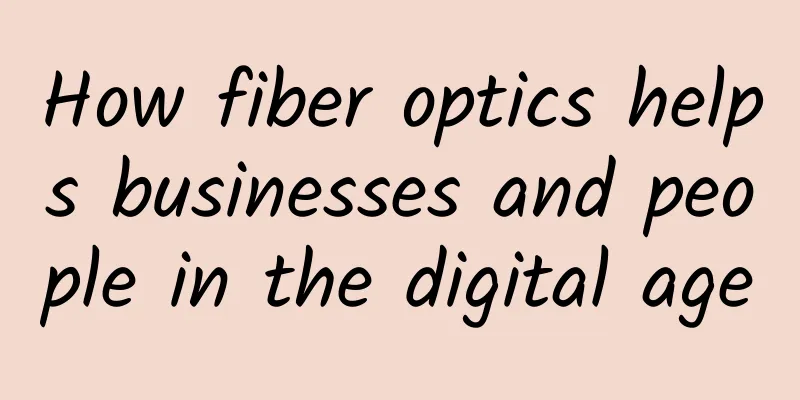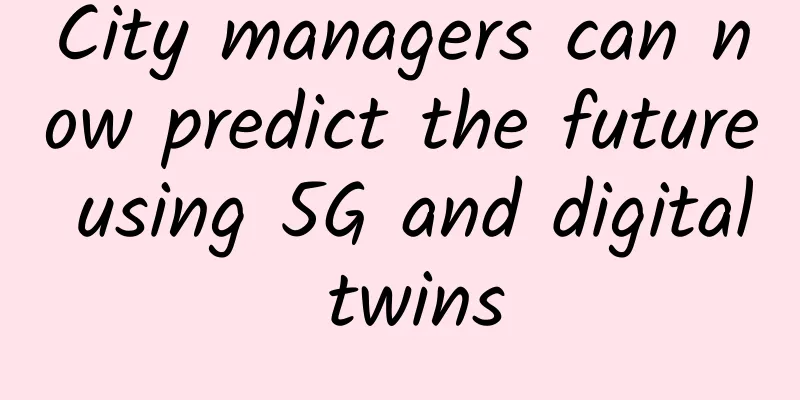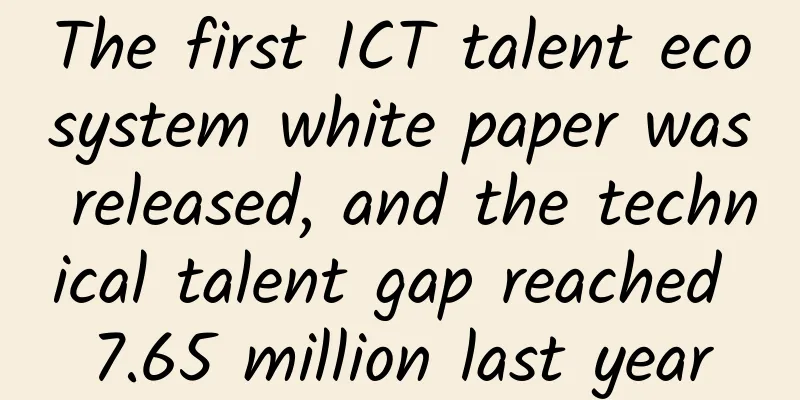The Internet of Things has profoundly changed the original models of many financial fields and brought new opportunities to the financial industry
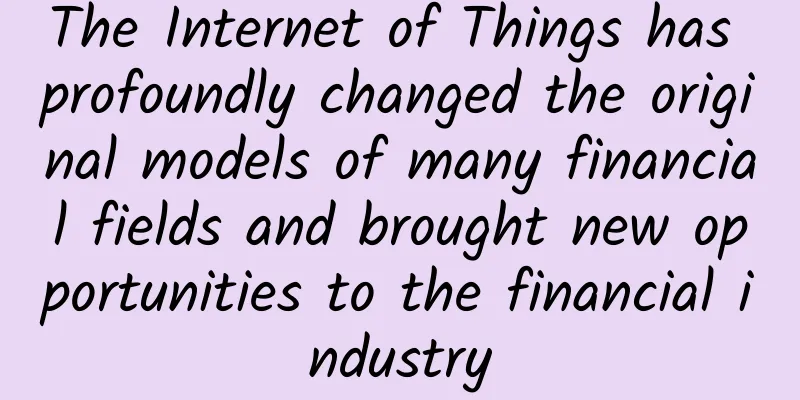
|
With the widespread application of IoT technology around the world, the new business model of "IoT + Finance" has also emerged. Simply put, IoT finance is to apply IoT technologies such as sensors and data collection to the financial field to enhance the authenticity of information and thus establish a more objective credit system. The application of the Internet of Things in the financial industry will profoundly change the original models of many financial fields such as banking, securities, insurance, leasing, and investment, give birth to smart finance, and contribute to my country's construction of a financial power. Recently, at the World Internet of Things Expo held in Wuxi, Jiangsu Province, experts discussed the broad prospects of Internet of Things finance. The credit system is more objective In the eyes of many people, IoT finance is an unfamiliar concept. Shi Jie, vice president of China Minsheng Bank, believes that "IoT finance is truly intelligent finance and a brand-new financial format." From the perspective of commercial banks, the essence of IoT finance is the exploration of integrating logistics, capital flow, and information flow. "Under this exploration, by connecting various types of online and offline data, connecting the virtual economy and the real economy, and exploring new profit models and business operation models in information hedging," said Shi Jie. Compared with the well-known concept of "Internet finance", "Internet of Things finance" is still in its infancy. Jiao Ran, chairman of China Economic Information Service, believes that "the impact of the Internet on the economy and society is well known. Although the Internet of Things, a typical representative of the new generation of communication technology, is still in its infancy, it has the potential to become the core driving force of a new round of industrial transformation and bring new opportunities for change to the financial industry." What is the difference between Internet finance and Internet of Things finance? Industry insiders believe that it mainly lies in the difference in credit subjects. Internet finance is a credit system for people, while Internet of Things finance is a credit system for things. In other words, Internet of Things finance transforms subjective credit into objective credit. From a credit perspective, the Internet of Things has surpassed the Internet in a general sense to some extent. Liu Haitao, director of the Wuxi Internet of Things Industry Research Institute, believes that "on the Internet, users can only see information input by humans, which is subjectively processed and may be untrue; in the Internet of Things, all information comes from the Internet of Things architecture terminal, which is objective and true, and the credit system of Internet of Things finance is more objective." From a global perspective, the competition in the field of IoT finance has already begun. Jiao Ran said that the layout of major developed countries in the field of IoT finance is accelerating, and the United States has proposed six major areas of smart action plans for IoT, one of which is to build smart finance. The first breakthrough in movable assets financing In my country, although the concept of IoT finance has just been proposed, some substantial breakthroughs have been made in areas such as movable asset financing. Liu Haitao said, "According to statistics, there are about 70 trillion to 80 trillion yuan of movable assets in my country, and the financing ratio is still very low. Once movable assets are effectively revitalized, it will greatly promote market vitality." For a long time, movable property financing has been difficult to gain favor from commercial banks. Bank employees said that since real estate and other immovable assets have the characteristics of being non-transferable and having clear ownership, commercial banks are relatively assured of financing because immovable assets can be "watched"; but because movable assets have the characteristics of being highly liquid and easy to cash out, banks are worried that they can "not watch" them. The application of IoT finance can achieve full supervision and full perception of movable property, effectively solve a series of problems such as repeated pledge, false pledge, and movable property transfer, reduce the pledge risk of movable property, and is expected to solve the long-term supply chain finance problem. For banks, it expands business and better serves the real economy; for merchants, movable property funds can be revitalized. "IoT finance will transform movable property into immovable property, release trillions of yuan in capital, and lead to the vigorous development of the real economy." This is what China's first "IoT Finance White Paper" released during the Internet of Things Expo wrote. At present, some commercial banks have accelerated the layout of IoT finance. Ping An Bank (9.470, 0.01, 0.11%) introduced the IoT sensor equipment intelligent supervision system in movable property financing business, realizing intelligent management of movable property such as identification, positioning and tracking, and endowing movable property with the attributes of immovable property; in terms of IoT intelligent warehousing, Ping An Bank has established in-depth cooperation with hundreds of key ports, large warehouses and logistics parks. With the continuous breakthroughs in the construction of my country's credit system, the problem of difficulty and high cost of financing for small and micro enterprises is expected to be further solved. Shi Jie said that in the context of the Internet of Things, the marginal cost of collecting enterprise information is almost zero, and banks can respond more promptly and accurately to the financial service needs of small and micro enterprises. Shi Jie believes that in the future, the bank risk system is expected to move from a subjective credit model to an objective credit model. With the help of the advanced pledge system and data support of the Internet of Things, banks can keep abreast of the company's situation, implement on-demand loans, make loans according to progress, and conduct inspections accordingly. Wuxi is known as the "first city of China's Internet of Things" and started to deploy the application of Internet of Things financial technology early. Wang Jinjian, deputy mayor of Wuxi, said that in recent years, relying on the advantages of the booming Internet of Things industry, Wuxi has explored multiple fields such as investment, banking and insurance, and has cooperated with many financial institutions. In the future, Wuxi will rely on the advantages of the National Sensor Network Innovation Demonstration Zone to continue to actively explore the development model of Internet of Things finance in the fields of warehousing, freight and public services. Working together to ensure financial security As an emerging industry, IoT finance brings huge opportunities as well as considerable challenges. The White Paper on IoT Finance states that "there are still a series of problems to be solved in IoT finance, including breakthroughs in core technologies and large-scale applications; there are still gaps in regulatory policies; and the scope of application needs to be expanded. Currently, the scope of application of IoT finance is very limited, and the breadth and depth of application are far from enough." Compared with traditional network attacks, the destructive power of attacks using IoT devices is also amazing. Jiao Ran said, "In October this year, parts of the United States suffered a large-scale network attack, and a large number of popular websites could not be logged in. Two rounds of attacks caused the network to be paralyzed for 6 hours. The analysis of the network security agency showed that most of the attacks came from IoT devices such as cameras, which shows that security threats are extending to the field of IoT." To improve the security of IoT finance, a breakthrough in system design is needed first. "Relevant competent authorities need to investigate the business needs of IoT finance as soon as possible, introduce relevant policies, and promote the healthy, orderly and rapid development of IoT finance," the White Paper on IoT Finance suggests. "The institutional norms of IoT finance need to be forward-looking. The financial industry has higher requirements for fund security and information security. Therefore, IoT financial security must be integrated into the security fund at the beginning of the design, and a security system must be built at multiple levels such as perception, transmission, and data processing." Liu Haitao believes. Jiao Ran frankly admitted that IoT finance is still in its early stages of development and there has not been much actual investment and application. It is necessary to carry out forward-looking research on the development of IoT finance in my country, plan ahead, formulate a high-level overall development plan for IoT, increase research on core technologies, build a complete standard system as soon as possible, and strengthen the construction of IoT finance talent team. |
<<: Radio Administration Bureau explains 5G frequency planning: 3GHz to 6GHz take the lead
>>: Time is running out for NTP: Network Time Protocol may be gone forever
Recommend
Talk about STM32 network interruption
[[380734]] 01 Introduction Network interrupt vect...
Who is selling personal information? Fighting against illegal activities requires starting with the entire industry chain
[[188850]] The educational information of ordinar...
In the era of 5G, it is not only about internet speed and mobile phones, but you have also overlooked these
[[393747]] When it comes to 5G, is your first rea...
ZJI Golden Autumn Brings Coolness: 40% off on Hong Kong Kwai Wan High Defense Servers, 32% off on designated models in Hong Kong Tai Po
ZJI has launched the second wave of its September...
Understand TCP Packet Unpacking in One Minute
Usually, you may encounter such a phenomenon duri...
Hacking Bitcoin and the Blockchain
Turn on the TV or read a tech blog, and you will ...
HTTP protocol interview challenges
I am an atypical interviewer. For the first quest...
Experts: 6G will be available in 10 years and is expected to be 100 times faster than 5G
5G has not yet been fully rolled out, but 6G is a...
CDN shifts from price war to technology war, will video cloud rewrite the market landscape?
Just as the rise of e-commerce was premised on th...
[Practical Record] Shanghai Jinjiang International HRG's IT Informationization Advancement Path
[51CTO.com original article] China's business...
5G is gaining popularity, is artificial intelligence going to be "left out"?
In 2018, the popularity of 5G began to rise rapid...
F5 Releases 2020 State of Application Services Report (APAC Edition) Interpreting Five Major Findings in Enterprise Digital Transformation
[51CTO.com original article] F5 Networks recently...
How to change ssh port in CentOS7.*
I checked the port modification records in the si...
NVIDIA Network Senior Product Manager Chen Long: Unveiling the Evolution of InfiniBand Network Cluster Architecture
Whether it is the evolution of data communication...
ZJI newly launched Taiwan CN2 server, Hong Kong high frequency server/Taiwan CN2 server 30% off
ZJI has newly launched Taiwan CN2 line servers, a...

